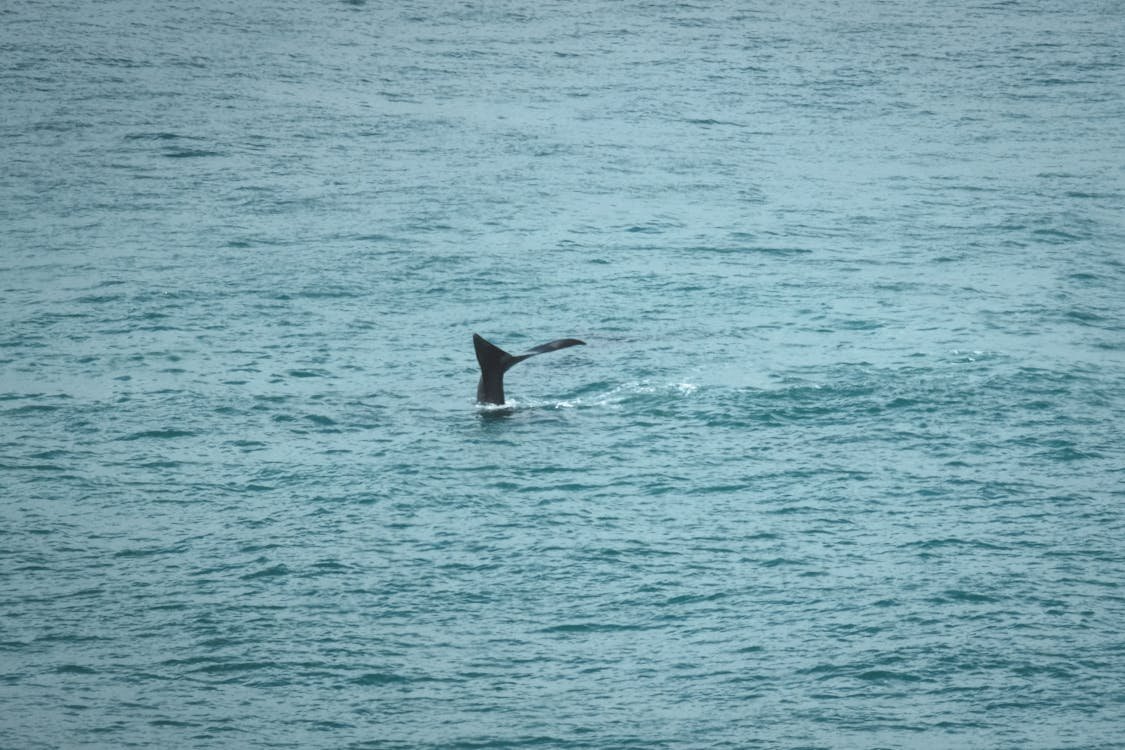Whales, the majestic giants of the ocean, play a critical role in maintaining the health of marine ecosystems. However, as human activity in the oceans increases, these gentle creatures face a growing number of threats. One of the most significant dangers to whale populations worldwide is the risk of ship strikes. Collisions between whales and vessels can lead to serious injury or death for these animals, particularly for endangered species. Understanding the impact of ship strikes on whale safety and developing effective strategies to prevent them is essential for conserving these marine mammals.
The Impact of Ship Strikes on Whales
Ship strikes occur when whales are accidentally hit by vessels, which can include large container ships, cruise liners, fishing boats, or smaller recreational crafts. The consequences of such strikes are often fatal for whales, especially if the vessel is moving at high speeds. These collisions can cause massive injuries, including fractures, internal trauma, or deep cuts from propellers.
Certain species of whales are more vulnerable to ship strikes than others, particularly large, slow-moving species like the blue whale, fin whale, and North Atlantic right whale. For example, the North Atlantic right whale is critically endangered, with only about 350 individuals left in the wild, and ship strikes are one of the leading causes of mortality for this species.
The danger is particularly high in regions where whale populations overlap with busy shipping lanes, such as the coast of California, the Gulf of St. Lawrence, and the Mediterranean Sea. These areas are critical habitats for feeding, breeding, and migrating, making the risks of ship strikes an ongoing threat to whale populations.
Why Do Ship Strikes Happen?
Several factors contribute to the occurrence of ship strikes:
- High vessel speeds: Vessels traveling at high speeds reduce the reaction time for both the ship and the whale, increasing the likelihood of collisions.
- Lack of visibility: Whales often spend time near the water’s surface, where they can be difficult to spot, especially in poor visibility conditions like fog or at night.
- Whale behavior: Whales are not always aware of approaching vessels. Many species spend time resting or feeding just below the surface, making it difficult for them to detect the danger in time to avoid a strike.
- Busy shipping lanes: Some of the world’s busiest shipping routes overlap with key whale habitats. In these areas, the high density of vessels increases the chances of collisions.
Strategies to Prevent Ship Strikes
To reduce the risk of ship strikes and protect whale populations, several strategies have been proposed and implemented by conservation organizations, government agencies, and the shipping industry.
- Speed Reductions: Reducing the speed of vessels in whale-populated areas is one of the most effective ways to prevent ship strikes. Studies have shown that lowering a ship’s speed to 10 knots or less significantly decreases the likelihood of a fatal collision. Several regions have already implemented mandatory or voluntary speed restrictions during whale migration seasons, including the East Coast of the United States, where North Atlantic right whales migrate.
- Re-routing Shipping Lanes: Altering shipping routes to avoid whale habitats has proven to be an effective measure in some regions. For example, in the Bay of Fundy, shipping lanes were shifted in 2003 to protect the critically endangered North Atlantic right whale, leading to a significant reduction in ship strikes.
- Whale Detection Systems: Technology is playing a growing role in whale conservation. Whale detection systems, such as acoustic monitoring buoys, can help alert ships to the presence of whales in their vicinity. These systems pick up the sounds made by whales and can relay real-time information to vessels, allowing them to slow down or adjust course.
- Increased Awareness and Education: Raising awareness among mariners about the dangers of ship strikes is essential. Educational programs and training for shipping crews can help ensure that they are aware of whale migration patterns and how to spot whales in the water. Many ports and maritime organizations have also developed guidelines and best practices for avoiding collisions.
- Seasonal Restrictions: In some areas, authorities have implemented seasonal restrictions on shipping activities. This includes limiting vessel traffic or requiring speed reductions during peak whale migration and feeding seasons. These restrictions help reduce the risk of strikes when whale activity is highest.
The Role of Collaboration
Preventing ship strikes requires collaboration between governments, the shipping industry, conservation organizations, and scientists. International organizations like the International Maritime Organization (IMO) have been working with countries to develop guidelines and policies aimed at reducing ship strikes. In addition, researchers are continuously studying whale behavior and migration patterns to better understand how to protect these animals from collisions with vessels.
One successful example of collaboration is the development of the Blue Whale Protection Zone in the waters off Southern California. This initiative brought together shipping companies, researchers, and environmental groups to create a voluntary slow-speed zone in areas with high whale activity. Since its implementation, the zone has helped reduce the risk of ship strikes in one of the busiest shipping regions in the world.
Conclusion
The threat of ship strikes to whale populations is a growing concern as global shipping traffic increases. However, with effective prevention strategies, such as speed reductions, rerouted shipping lanes, and whale detection systems, it is possible to minimize the risk of collisions and protect these vital marine mammals. By working together, we can ensure that our oceans remain safe for both whales and the vessels that navigate them, preserving these iconic species for future generations.

